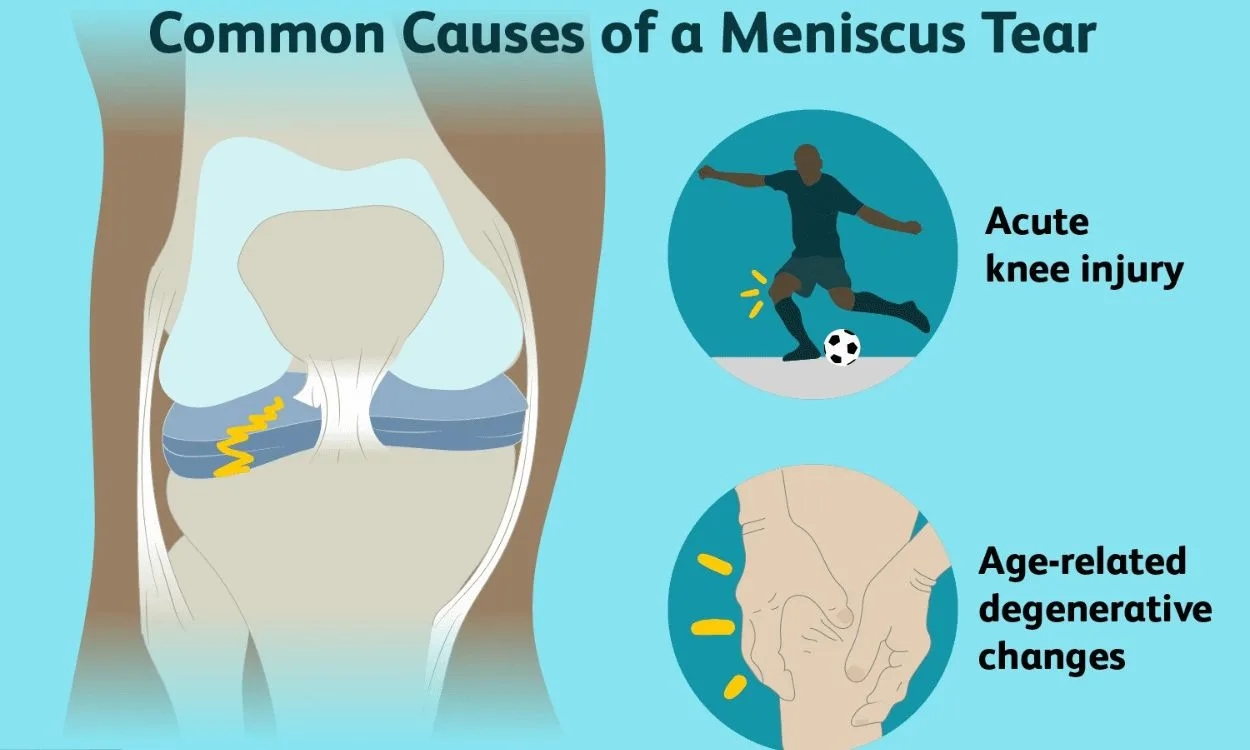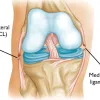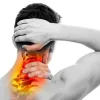How Does Meniscus Damage Lead to Knee Pain?
Introduction
The knee joint is a complex structure made up of bones, ligaments, tendons, and cartilage. One important component of the knee joint is the meniscus, which is a C-shaped piece of cartilage located between the thigh bone (femur) and the shin bone (tibia). The meniscus acts as a shock absorber and helps to distribute weight evenly across the knee joint. However, it is susceptible to damage, leading to knee pain and discomfort. In this article, we will explore how meniscus damage can lead to knee pain and discuss the available treatment options.
Understanding Meniscus Damage
The meniscus can be damaged due to various reasons, including sudden twisting or rotation of the knee, direct impact or trauma to the knee, and degenerative changes that occur with age. When the meniscus is injured, it can result in a range of symptoms, including:
- Knee pain, especially when bending or straightening the knee
- Swelling and stiffness in the knee joint
- Difficulty moving the knee and a feeling of instability
- Locking or catching of the knee joint
- A clicking or popping sound when moving the knee
Types of Meniscus Tears
Meniscus tears can be classified into different types based on their location and severity. The most common types of meniscus tears include:
- Medial Meniscus Tear: This type of tear occurs in the inner part of the meniscus and is more common than lateral meniscus tears. It is often associated with twisting or rotational movements of the knee.
- Lateral Meniscus Tear: This type of tear occurs in the outer part of the meniscus and is less common than medial meniscus tears. It is often caused by trauma or direct impact to the knee.
- Bucket Handle Tear: This is a severe type of tear where a large portion of the meniscus gets displaced into the joint space. It can cause the knee to lock or catch, leading to significant pain and limited mobility.
- Degenerative Tear: This type of tear occurs due to wear and tear of the meniscus over time. It is commonly seen in older individuals and can be associated with conditions like osteoarthritis.
How Meniscus Damage Leads to Knee Pain
When the meniscus is damaged, it can disrupt the normal functioning of the knee joint, leading to pain and discomfort. Here are the key mechanisms through which meniscus damage can cause knee pain:
- Inflammation: Meniscus tears can trigger an inflammatory response in the knee joint, leading to pain, swelling, and stiffness. Inflammation occurs as a natural defense mechanism of the body to promote healing, but it can also contribute to pain and discomfort.
- Misalignment: A torn meniscus can cause the bones in the knee joint to shift or become misaligned. This can result in increased pressure on certain areas of the joint, leading to pain and instability.
- Joint Instability: A damaged meniscus can affect the stability of the knee joint, making it more prone to buckling, giving way, or feeling unstable. This can lead to pain and difficulty in performing daily activities.
- Cartilage Wear: Meniscus tears can also accelerate the wear and tear of the articular cartilage, which covers the ends of the bones in the knee joint. Over time, this can lead to the development of conditions like osteoarthritis, causing chronic knee pain.
Treatment Options for Meniscus Tears
The treatment of meniscus tears depends on several factors, including the location, size, and severity of the tear, as well as the individual’s age, activity level, and overall health. Some common treatment options for meniscus tears include:
- Rest and Rehabilitation: For mild meniscus tears, conservative treatment options like rest, ice, compression, and elevation (RICE), along with physical therapy exercises, may be sufficient to alleviate pain and promote healing.
- Medication: Nonsteroidal anti-inflammatory drugs (NSAIDs) can help to reduce pain and inflammation associated with meniscus tears. However, they should be used under the guidance of a healthcare professional.
- Corticosteroid Injections: In some cases, corticosteroid injections may be recommended to reduce pain and inflammation in the knee joint. These injections provide temporary relief and are administered by a healthcare professional.
- Surgical Intervention: Severe meniscus tears or tears that do not respond to conservative treatment may require surgical intervention. The surgical options include meniscus repair, where the torn edges are stitched together, or meniscectomy, where the damaged portion of the meniscus is removed.
Conclusion
Meniscus damage can be a significant cause of knee pain and discomfort. Understanding the mechanisms through which meniscus tears lead to pain is crucial for effective treatment and management. While conservative treatment options may be sufficient for minor tears, more severe tears may require surgical intervention. If you are experiencing knee pain or suspect a meniscus tear, it is important to consult a healthcare professional for an accurate diagnosis and appropriate treatment.
Now that you have a better understanding of how meniscus damage can lead to knee pain, you may be interested in exploring the Fitpaa app. Fitpaa offers personalized health and fitness solutions to help you achieve your goals, including managing knee pain and strengthening your overall well-being. Download the Fitpaa app today and embark on your journey towards a healthier and pain-free life!









